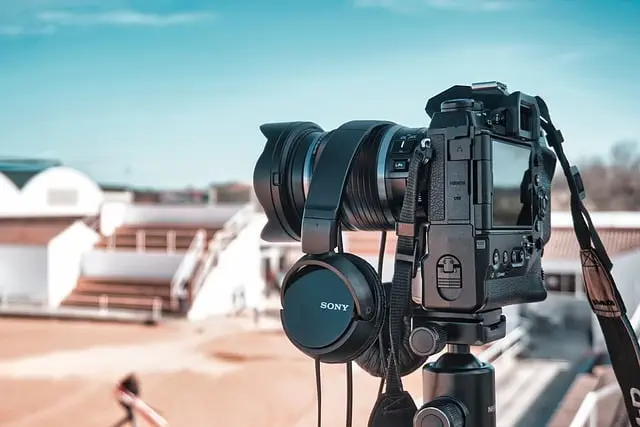DivX and MP4 video formats have distinct backgrounds. DivX, launched in the early 2000s, faces competition from MP4, which offers superior flexibility and compatibility across devices and platforms. Converting DivX to MP4 enhances video sharing on diverse social media sites and streaming services, ensuring content accessibility for a broader audience using various online tools and software. DivX is renowned for high-quality encoding and efficient file size reduction, while MP4 is a widely adopted standard due to its versatility and compatibility, allowing seamless conversion from various formats.
Looking to seamlessly share your videos across various platforms? Discover the power of converting DivX to MP4. This format duo offers a perfect balance: DivX’s robust encoding and MP4’s universal compatibility. Overcome device limitations, compress file sizes without sacrificing quality, and simplify sharing on social media or video sites. Explore top conversion tools, learn step-by-step guides, and master platform-specific optimizations for a smooth video distribution experience.
Understanding DivX and MP4 Formats

DivX and MP4 are two popular video formats used for storing and sharing digital content. DivX, short for Digital Video eXchange, was introduced in the early 2000s as an alternative to MPEG-4 (MP4). While both formats offer high-quality video compression, MP4 has since become the more widely adopted standard due to its superior flexibility and compatibility across various devices and platforms.
Converting DivX to MP4 can be a straightforward process. Many online tools and software applications allow users to easily transform DivX files into the more universal MP4 format. This conversion is beneficial when sharing videos on different social media sites or streaming services, ensuring compatibility with the vast majority of modern devices and platforms.
– What is DivX? Characteristics and use cases.

DivX is a video compression format known for its high-quality encoding and efficient file size reduction. Its primary purpose is to facilitate seamless video sharing and streaming across various platforms. The format offers an optimal balance between video quality and file size, making it ideal for online distribution, especially when converting DivX to MP4 for wider compatibility.
Use cases for DivX include professional video production, where its advanced compression capabilities ensure smooth playback while preserving intricate details. It’s also popular among content creators who want to share high-definition videos on social media or video-sharing platforms without sacrificing quality. Converting DivX to MP4 further enhances its versatility, making it compatible with almost every device and player, from smartphones and tablets to online streaming services.
– Introduction to MP4: Its versatility and widespread compatibility across devices and platforms.

The MP4 format has become a ubiquitous standard for video content due to its versatility and widespread compatibility. This file type is supported by virtually every device and platform, from smartphones and tablets to computers and smart TVs. One of the key advantages of MP4 is its ability to seamlessly convert various video formats, including DivX, making it easy for users to share and enjoy videos across different devices and services.
The versatility of MP4 allows content creators and consumers to effortlessly create, edit, and share high-quality videos without worrying about compatibility issues. Whether you’re editing on a powerful computer or capturing footage with your smartphone, converting DivX to MP4 ensures that your video content can be easily accessed and enjoyed by a global audience, regardless of the platform they use.
Converting DivX to MP4 is a smart move for video creators. With its superior compatibility and versatility, MP4 ensures your content can be easily shared across various platforms. By understanding these formats, you’re equipped to enhance your digital presence with seamless video distribution.
